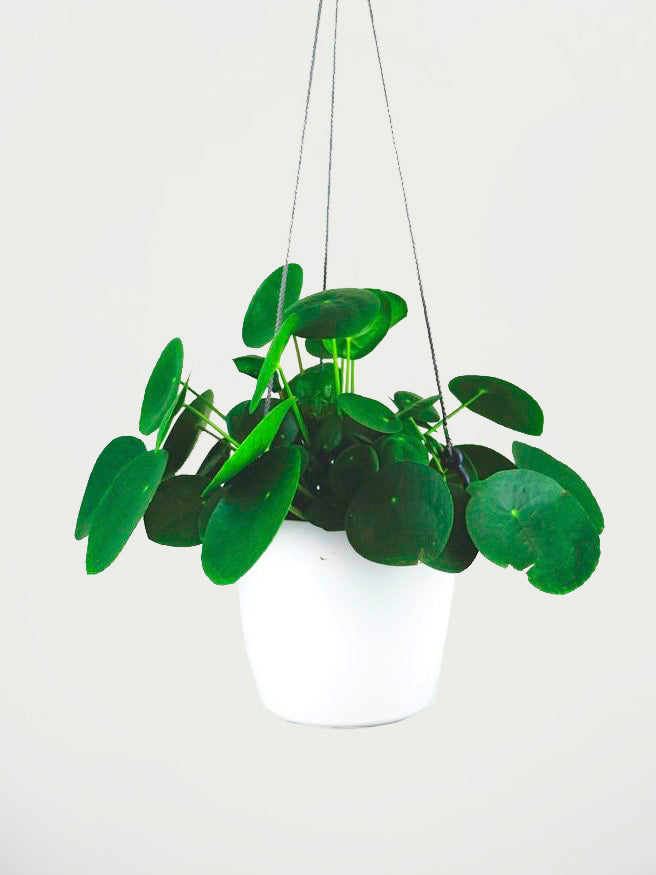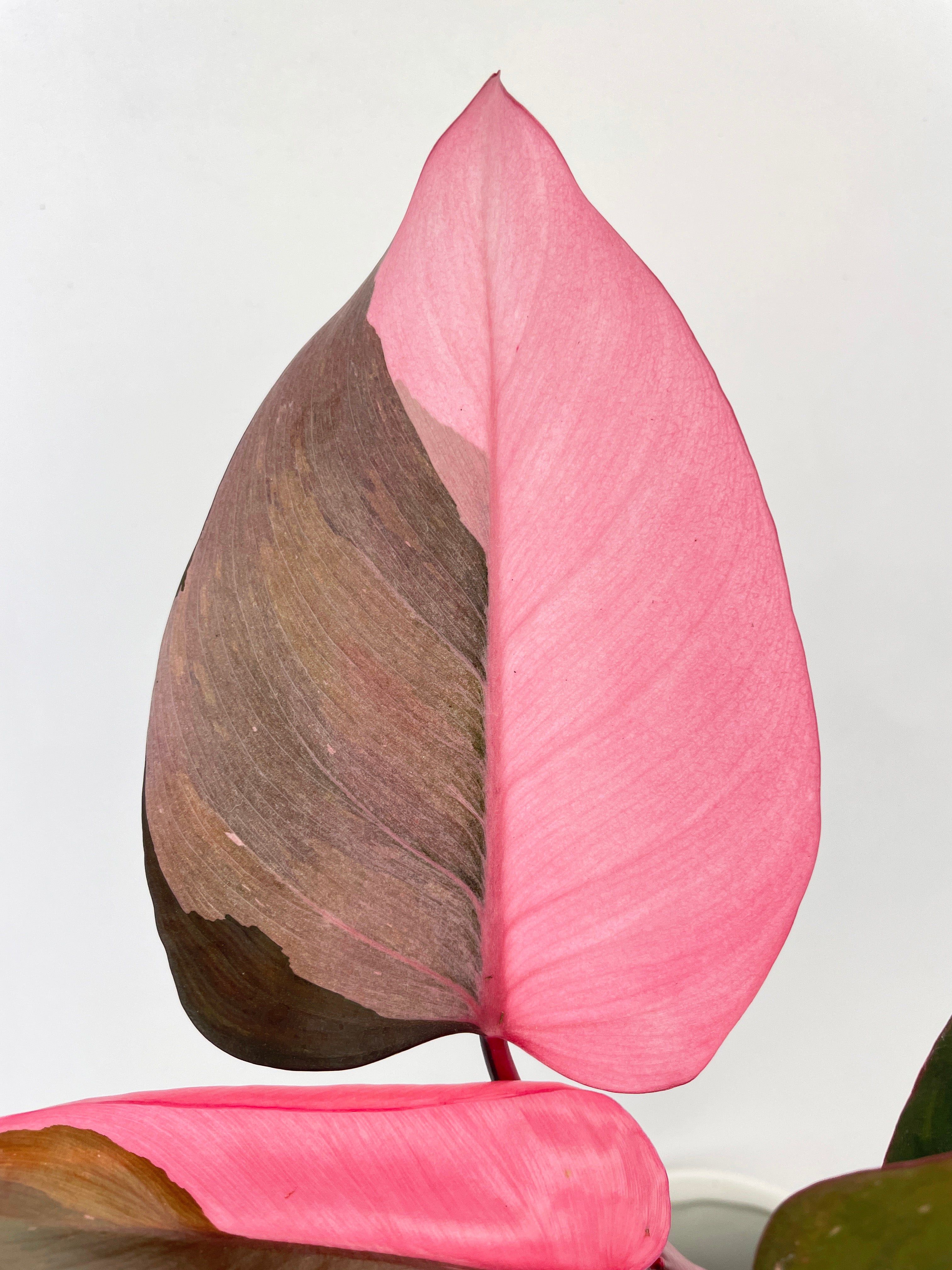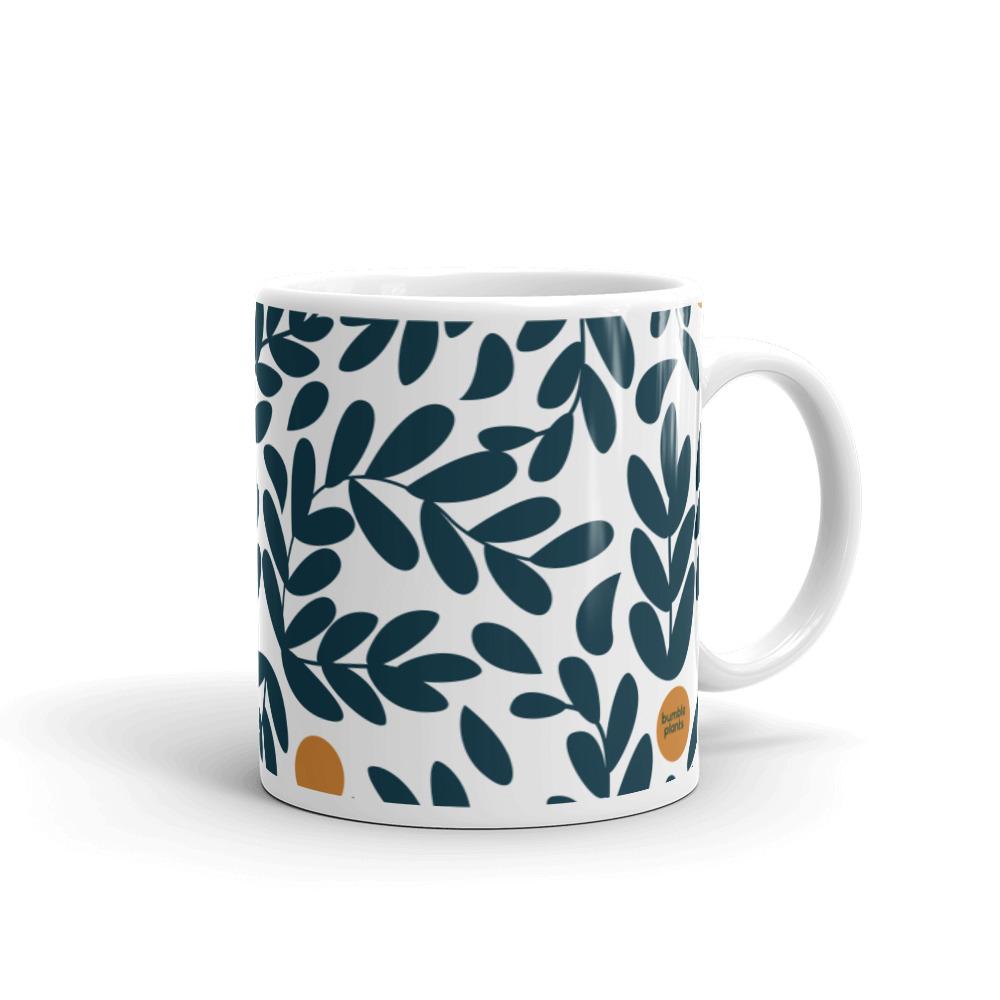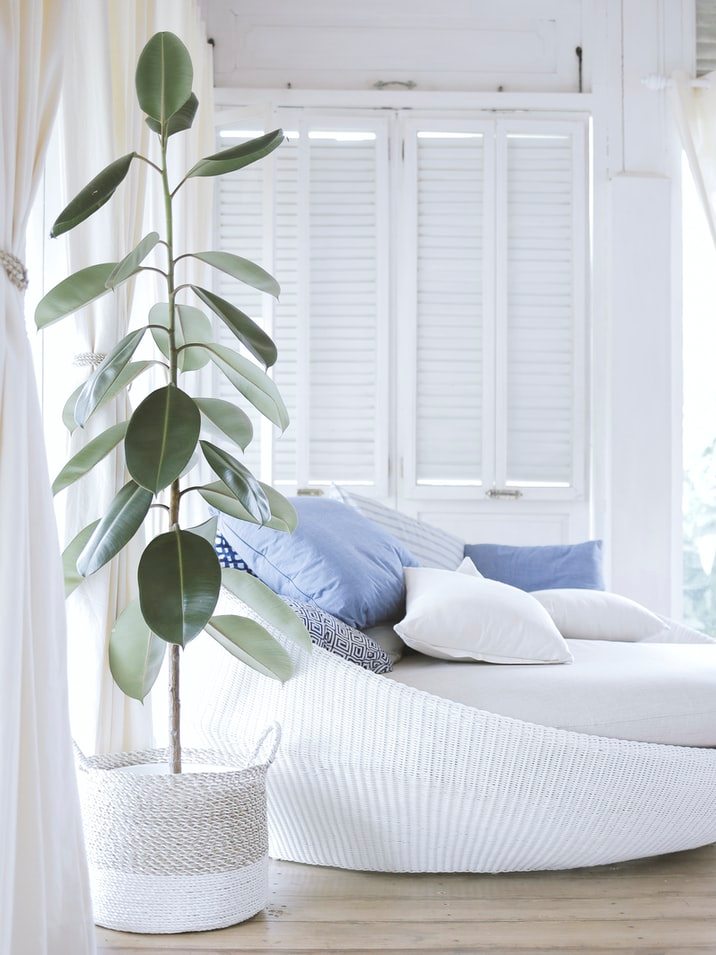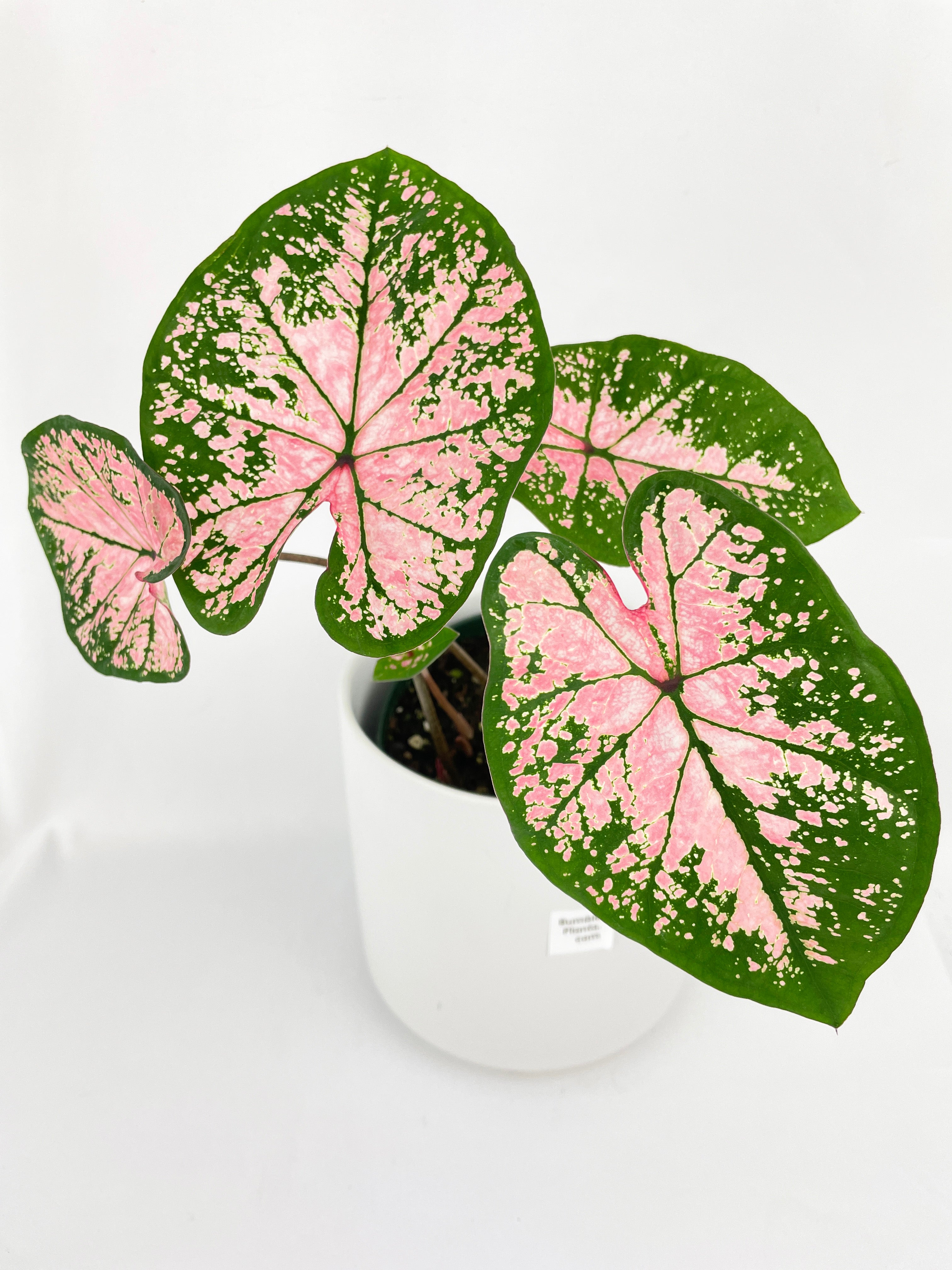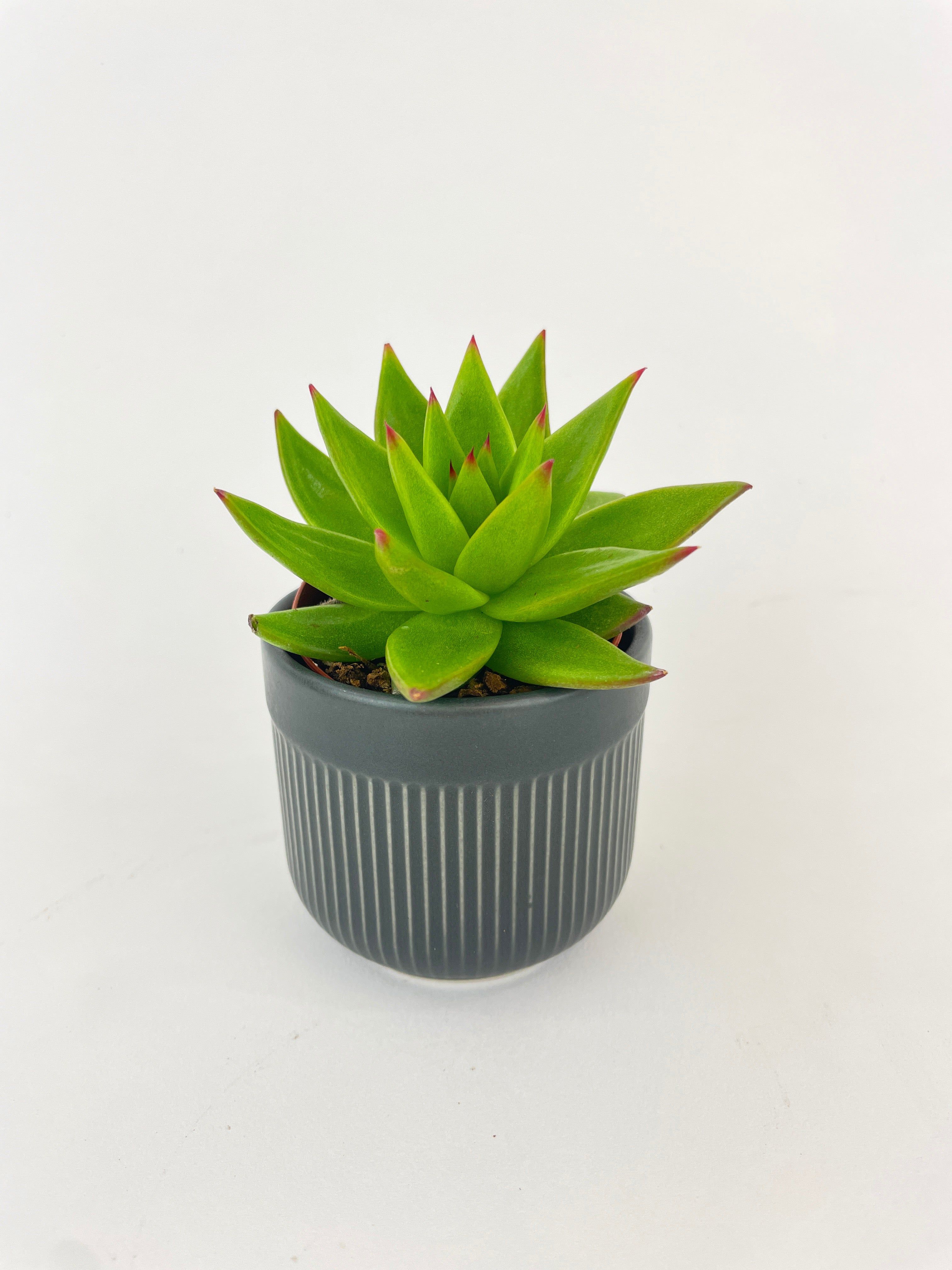Venus flytraps (Dionaea muscipula) are fascinating carnivorous plants native to the subtropical wetlands of the southeastern United States, particularly in North and South Carolina. Known for their unique ability to trap and digest insects, these plants thrive in specific conditions. When caring for a Venus flytrap, it's crucial to mimic its natural habitat as closely as possible.
* You will receive ONE (1) 2" plant in nursery pot, unless stated otherwise. Refer to our FAQ for more information.
Venus Fly Trap Plant Care
Watering
Watering should be done using distilled water or rainwater, as tap water may contain minerals that harm the plant. Keep the soil consistently moist but avoid waterlogging, ensuring good drainage by planting it in a pot with drainage holes.
Light
Venus flytraps require plenty of bright, indirect sunlight, so placing them near a south or west-facing window is ideal.
Temperature
They thrive in temperatures between 70°F to 80°F (21°C to 27°C) during the day and a bit cooler at night.
Soil Mix
The soil mix should be acidic, such as a blend of peat moss and perlite, providing the necessary nutrients without overwhelming the plant.
Humidity
High humidity levels are essential, so consider placing the pot on a tray filled with water and pebbles or using a humidifier.
Fertilizer
Avoid fertilizing Venus flytraps with typical houseplant fertilizers, as they obtain nutrients from capturing and digesting insects.
Toxicity
Lastly, while Venus flytraps are not highly toxic to humans, ingesting any part of the plant can cause mild gastrointestinal discomfort, so it's best to keep them out of reach of pets and children.

